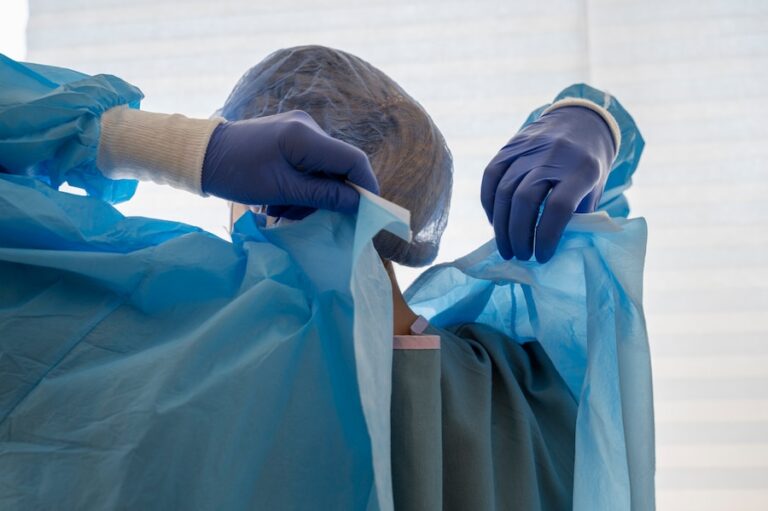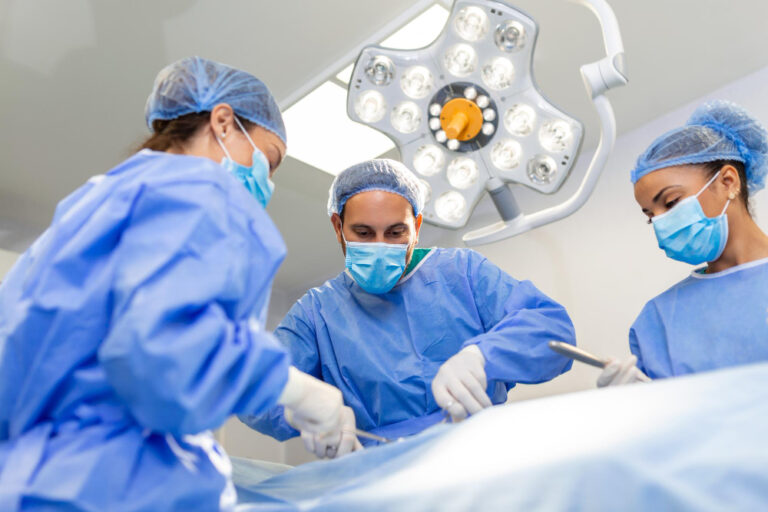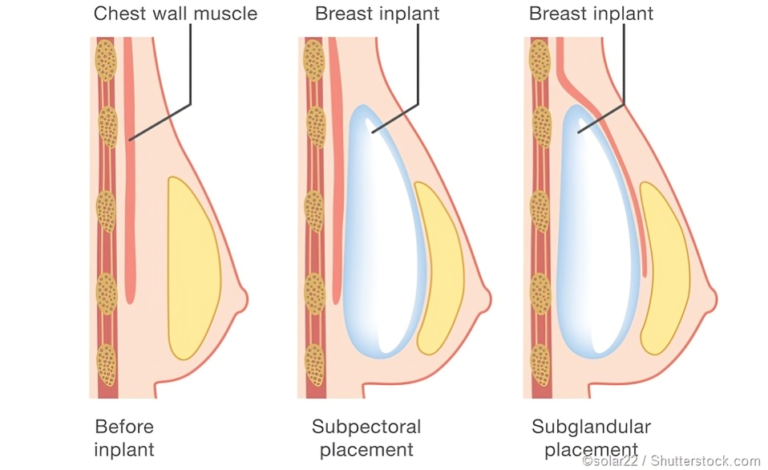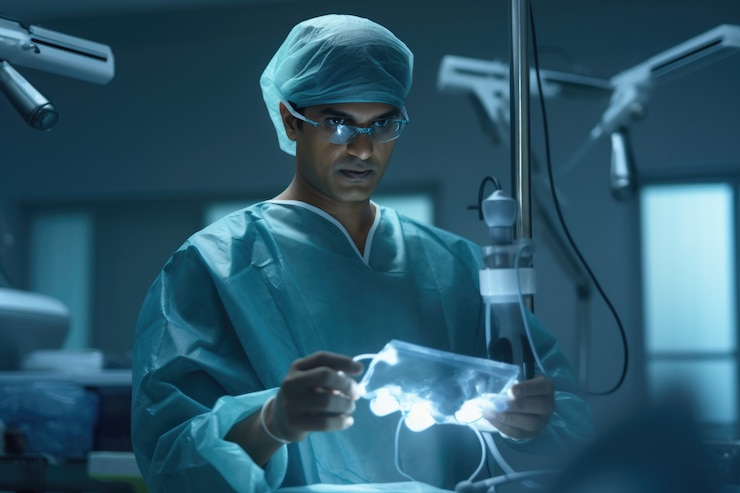Emerging Technologies And Innovations In Laparoscopic Hernia Repair
Laparoscopic hernia repair has revolutionized the field of surgery, offering patients a minimally invasive alternative to traditional open procedures. Over the years, advancements in technology have continually enhanced the safety, efficacy, and outcomes of laparoscopic hernia repair techniques. In this article, we explore the latest emerging technologies and innovations shaping the landscape of laparoscopic hernia repair.
Robotics in Hernia Surgery
Robotic-assisted surgery has gained momentum in various surgical specialties, including hernia repair. The use of robotic systems offers surgeons enhanced precision, dexterity, and visualization, facilitating complex maneuvers in confined spaces. Robotic platforms enable three-dimensional visualization, wristed instrumentation, and tremor filtration, allowing for meticulous dissection and mesh placement in laparoscopic hernia repair. While the initial cost and learning curve associated with robotic surgery remain challenges, ongoing research aims to optimize outcomes and cost-effectiveness in robotic-assisted hernia repair.
3D Printing for Patient-specific Meshes
Personalized medicine is increasingly becoming a reality in hernia surgery through the application of 3D printing technology. 3D printing enables the fabrication of patient-specific meshes tailored to individual anatomy and hernia characteristics. These custom meshes can optimize mesh size, shape, and fixation points, thereby reducing mesh-related complications and enhancing tissue integration. Furthermore, 3D printing allows for the incorporation of bioactive materials or drug-delivery systems into meshes, promoting tissue regeneration and reducing postoperative pain and inflammation.
Enhanced Imaging Modalities
Advanced imaging modalities play a crucial role in preoperative planning, intraoperative navigation, and postoperative assessment in laparoscopic hernia repair. Multimodal imaging techniques, such as magnetic resonance imaging (MRI), computed tomography (CT), and ultrasound, provide detailed anatomical information, allowing surgeons to accurately identify hernia defects, assess surrounding structures, and plan optimal mesh placement. Moreover, intraoperative imaging modalities, such as fluorescence imaging and augmented reality systems, offer real-time visualization of vascular perfusion and anatomical landmarks, facilitating safe and precise surgical navigation.
Biodegradable and Tissue-engineered Meshes
The development of biodegradable and tissue-engineered meshes represents a paradigm shift in hernia repair technology. Biodegradable meshes gradually degrade and are replaced by host tissue over time, eliminating the long-term risk of mesh-related complications such as chronic pain and mesh migration. Tissue-engineered meshes, fabricated from biocompatible materials and cells, promote host tissue ingrowth and remodeling, resulting in durable and biologically integrated repairs. While ongoing research is focused on optimizing the mechanical properties and biocompatibility of these meshes, early clinical studies have shown promising outcomes in terms of reduced inflammation, enhanced tissue healing, and lower recurrence rates.
Single-port Laparoscopic Surgery (SPLS)
Single-port laparoscopic surgery (SPLS), also known as single-incision laparoscopic surgery (SILS), represents the latest frontier in minimally invasive surgery. SPLS involves performing laparoscopic procedures through a single small incision, typically concealed within the umbilicus, thereby minimizing surgical trauma and scar formation. Recent advancements in instrumentation and access devices have enabled surgeons to perform complex hernia repairs, including inguinal and ventral hernias, using SPLS techniques. While SPLS offers potential benefits in terms of cosmesis, reduced postoperative pain, and faster recovery, further research is needed to evaluate its safety, feasibility, and long-term outcomes in hernia surgery.
Conclusion
Emerging technologies and innovations continue to redefine the landscape of laparoscopic hernia repair, offering patients and surgeons new tools and techniques to optimize outcomes and enhance the quality of care. From robotic-assisted surgery and 3D printing to advanced imaging modalities and biodegradable meshes, the future of hernia surgery is characterized by precision, personalization, and biocompatibility. By embracing these advancements and fostering collaboration between clinicians, engineers, and researchers, we can drive further progress in the field of laparoscopic hernia repair and ultimately improve patient outcomes and satisfaction.







